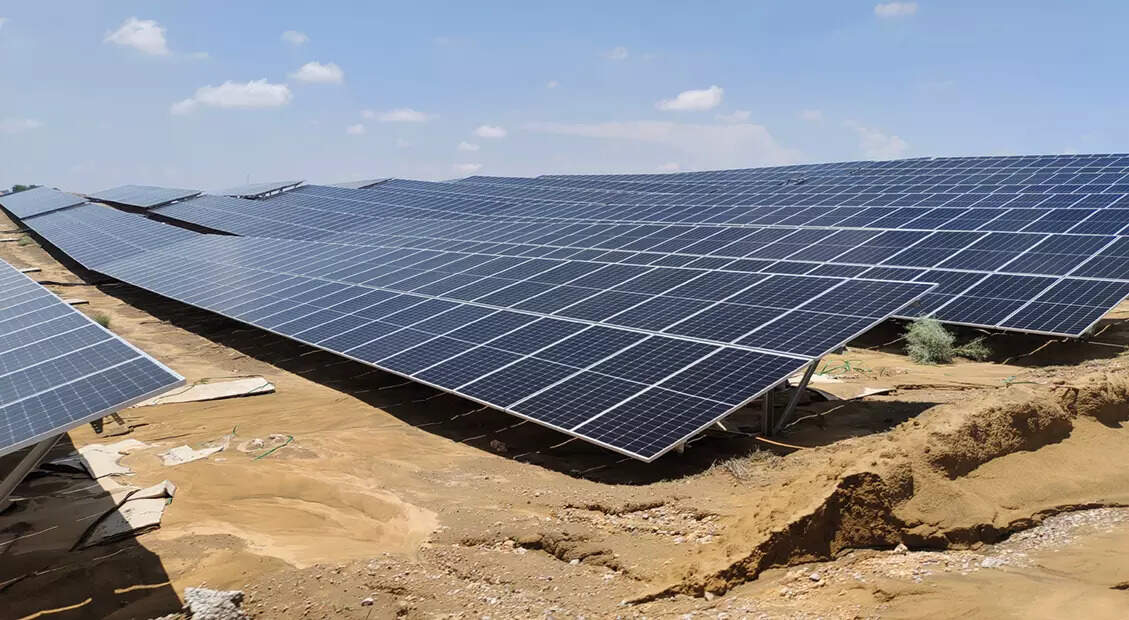
The share of fossil fuels in Rajasthan‘s energy mix hit record low levels at just 50% from April to July, according to data released by global energy think-tank Ember. This is the first time that such low levels of fossil fuel reliance have been sustained for over a quarter of the year.
During the January-July period, fossil fuels contributed to the production of 34 terawatt-hours (TWh) of electricity, showing no growth (-1.6 %) when compared to the corresponding period in 2022.
In contrast, solar and wind power generation experienced substantial growth, recording a 28% year-on-year increase and generating a total of 27 TWh during the same period in 2023.
It is worth noting that just two years ago, solar and wind power generation represented less than half of this year’s output. When combined with other clean energy sources, including nuclear, hydro, and bio-energy, clean power generation in Rajasthan now equals fossil fuel generation in capacity, the data showed.
From January to July, electricity generation in the desert state increased by 4.4 TWh compared to the same period in 2022.
This growth was entirely driven by the expansion of solar and wind power generation. Consequently, the carbon emissions intensity associated with power production in Rajasthan for July 2023 stood at 422 grams of CO2 equivalent per kilowatt-hour (gCO2e/kWh), representing a 10 % reduction compared to July 2022, according to Ember.
Rajasthan has actively promoted the deployment of solar and wind power fleets through the implementation of its Solar Energy Policy and Wind Hybrid Energy Policy.
Also, the increasing demand for clean energy from neighbouring places such as Delhi has attracted substantial investments in Rajasthan, which has the highest solar potential across the country.
From January to July, Rajasthan successfully added 1.7 gigawatts (GW) of solar capacity and 0.5 GW of wind capacity. As of July, the state’s combined solar and wind capacity reached 23 GW, constituting 20% of India’s total solar and wind capacity.
This expansion has elevated Rajasthan’s status as a leading supplier of clean electricity in the country. Meanwhile, the fossil fuel generation capacity, specifically coal and gas, remained unchanged since 2022.
On a national scale, India continued to rely on fossil fuels for over 70% of its electricity generation throughout 2023 up to July, consistent with its energy mix in 2022.
Ember’s Data Analyst Uni Lee said, “To limit global temperature rise to 1.5 degrees Celsius, it is imperative that the world must triple renewable capacity by 2030.”
The G20 countries have committed to meeting this goal under India’s presidency, she said.
The remarkable growth in renewables in Rajasthan demonstrates that it is possible. India can lead by example through successful delivery on Prime Minister Narendra Modi’s promise to reach 500 GW of non-fossil generation capacity, Lee said.

